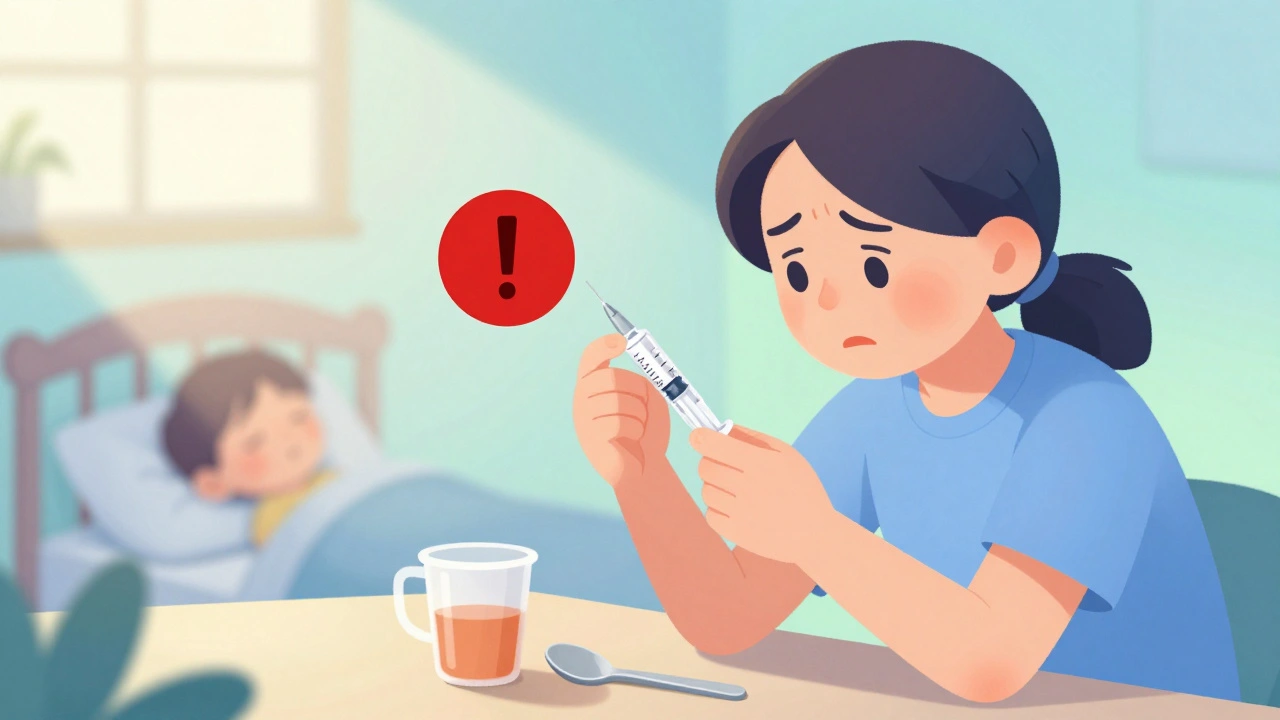Actinic Keratosis: What It Is, How to Treat It, and How to Prevent It
When dealing with Actinic Keratosis, a rough, scaly patch that shows up on skin exposed to the sun and can progress to cancer if ignored. Also known as solar keratosis, it flags early UV damage and signals that the skin’s protective barrier is compromised. In everyday language, think of it as a warning sign that the skin is trying to tell you it needs better care. Actinic keratosis isn’t just a cosmetic nuisance; it’s a precancerous lesion that, without proper monitoring, may evolve into squamous cell carcinoma. Understanding this link helps you decide whether a simple topical cream will suffice or if you need a dermatologist‑guided procedure.
One of the first steps after spotting a lesion is to confirm its nature. A dermatologist can differentiate skin cancer, the broader group of malignant growths that include squamous cell carcinoma and basal cell carcinoma from harmless freckles. Depending on the diagnosis, treatment options range from prescription creams like 5‑fluorouracil to more involved procedures. Topical treatment, medicated gels or creams applied directly to the lesion to destroy abnormal cells is often the first line because it’s easy to use at home and avoids surgery. When lesions are thicker or don’t respond to creams, clinicians may turn to photodynamic therapy, a light‑based method that activates a photosensitizing drug to kill damaged cells. This approach blends medication with targeted light exposure, offering a quick, outpatient solution that can clear multiple spots in one session.
Keeping Your Skin Safe
Prevention is the most powerful tool against future actinic keratosis. Daily use of broad‑spectrum sunscreen, a protective lotion that blocks UVA and UVB rays creates a barrier that reduces new lesion formation. Choose a product with at least SPF 30, reapply after swimming or sweating, and pair it with protective clothing and hats. Alongside sunscreen, regular skin checks—either self‑exams or professional exams—catch changes early, making treatment simpler and more effective. By combining vigilant monitoring, appropriate topical or light‑based therapies, and solid sun protection habits, you can keep actinic keratosis from turning into a serious health issue. Below you’ll find a curated list of articles that dive deeper into each of these strategies, offering practical tips and up‑to‑date research you can put to use right away.






